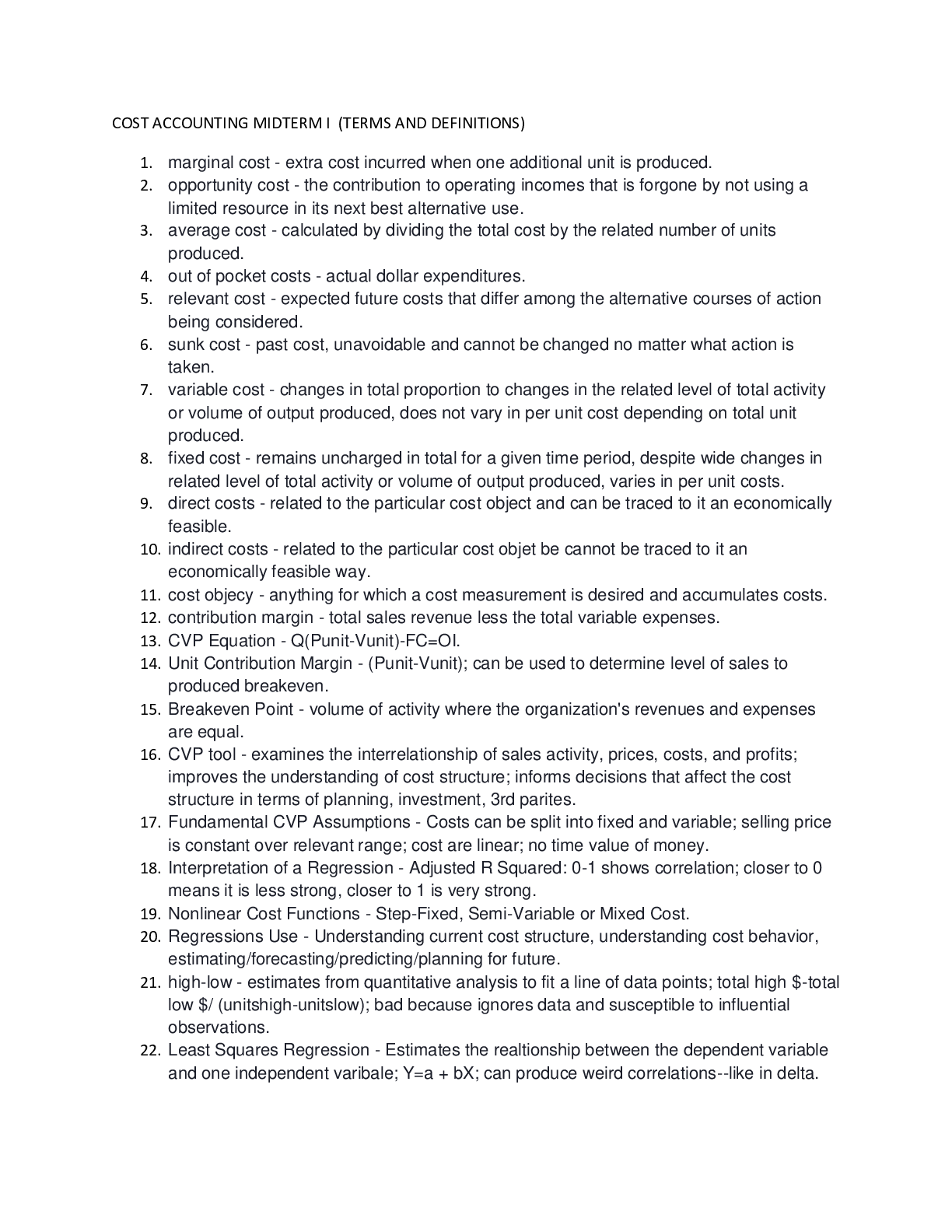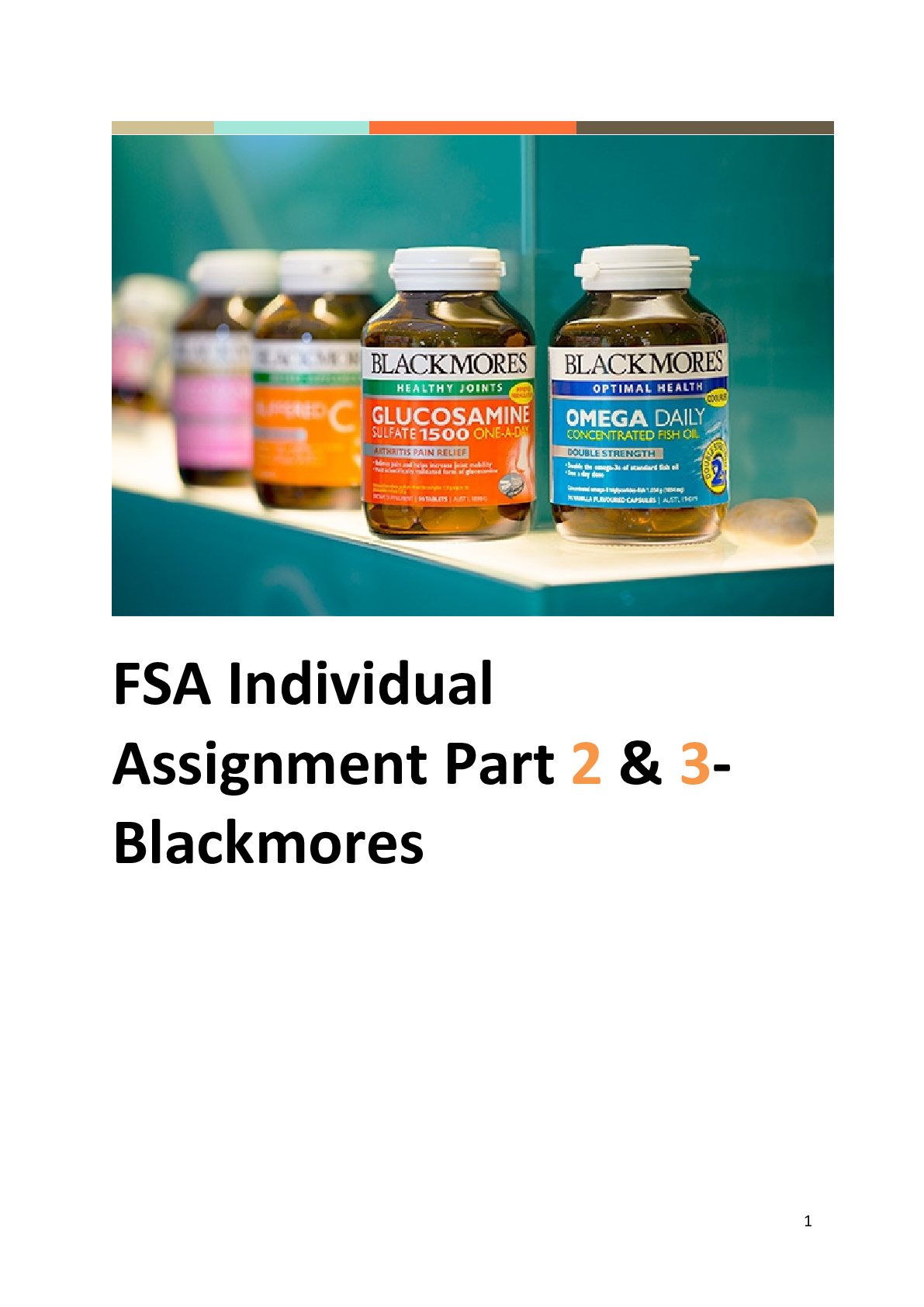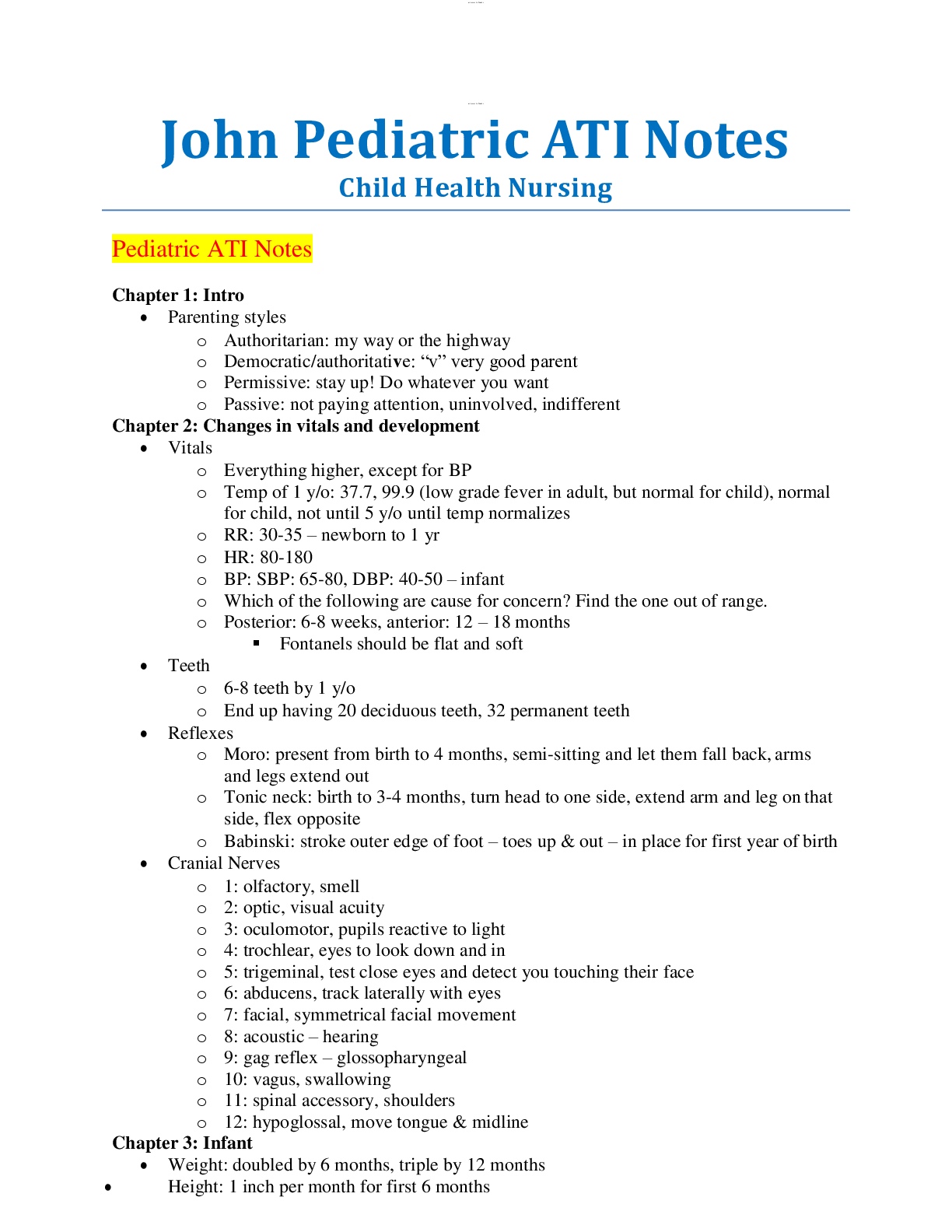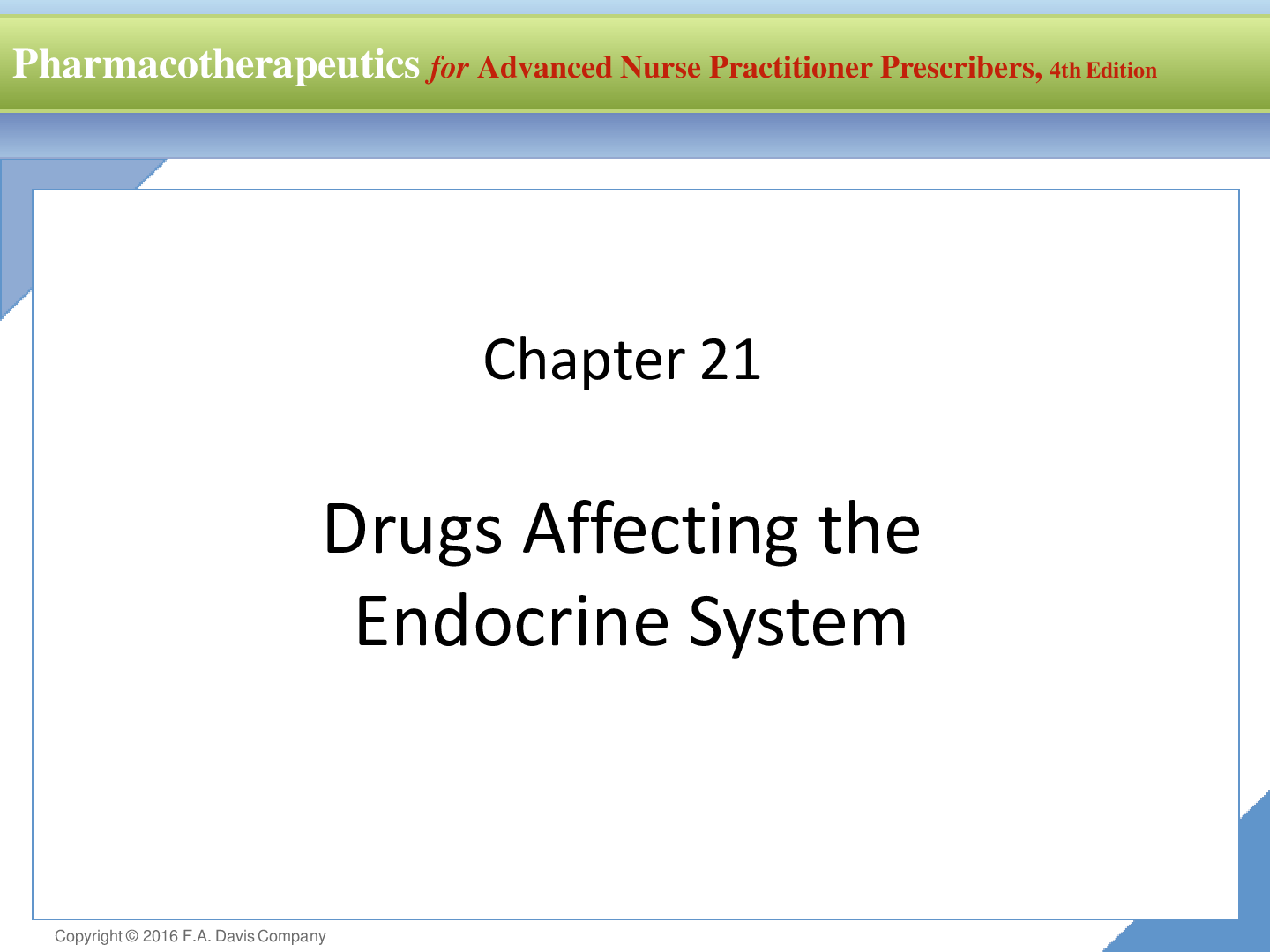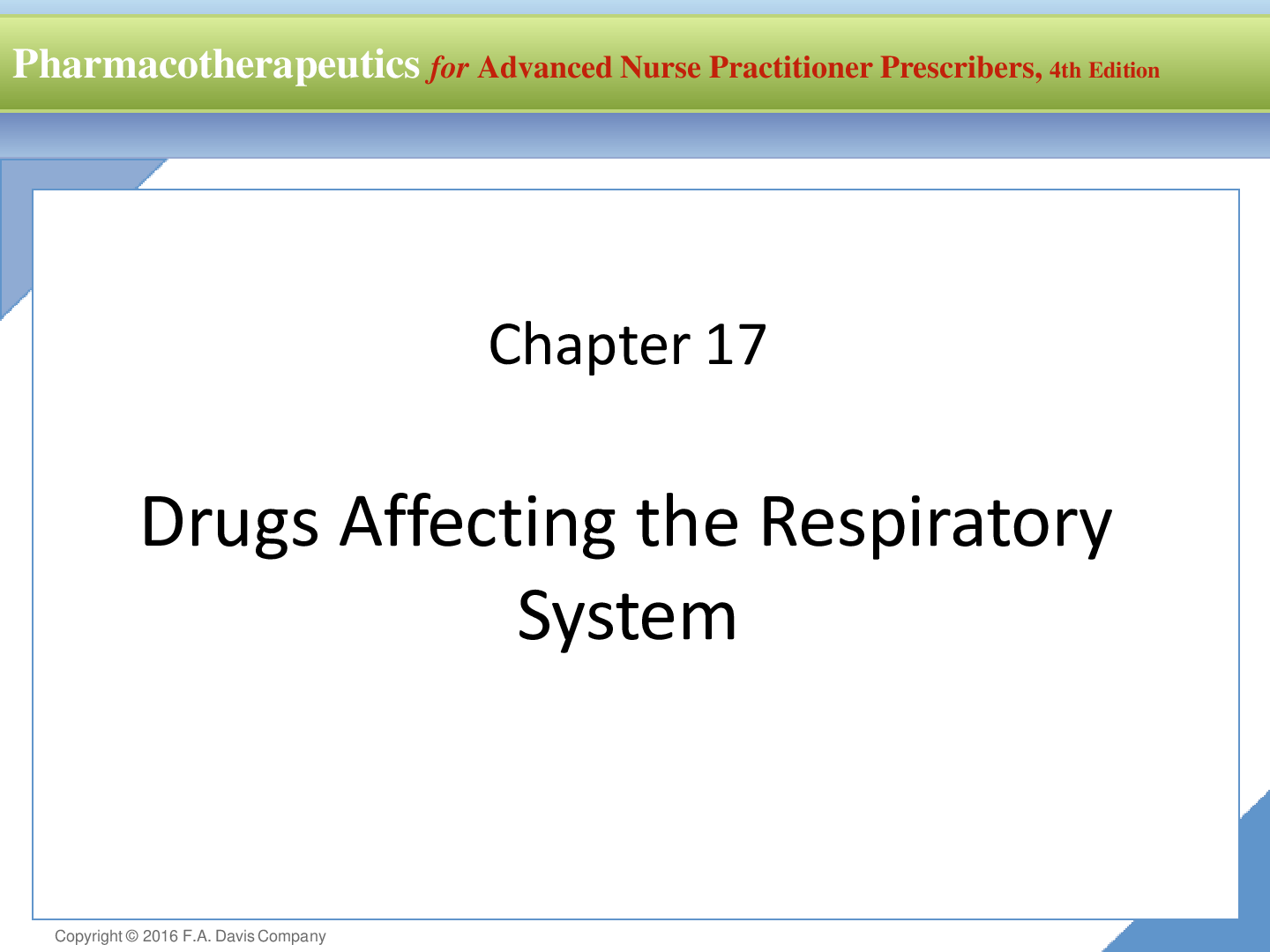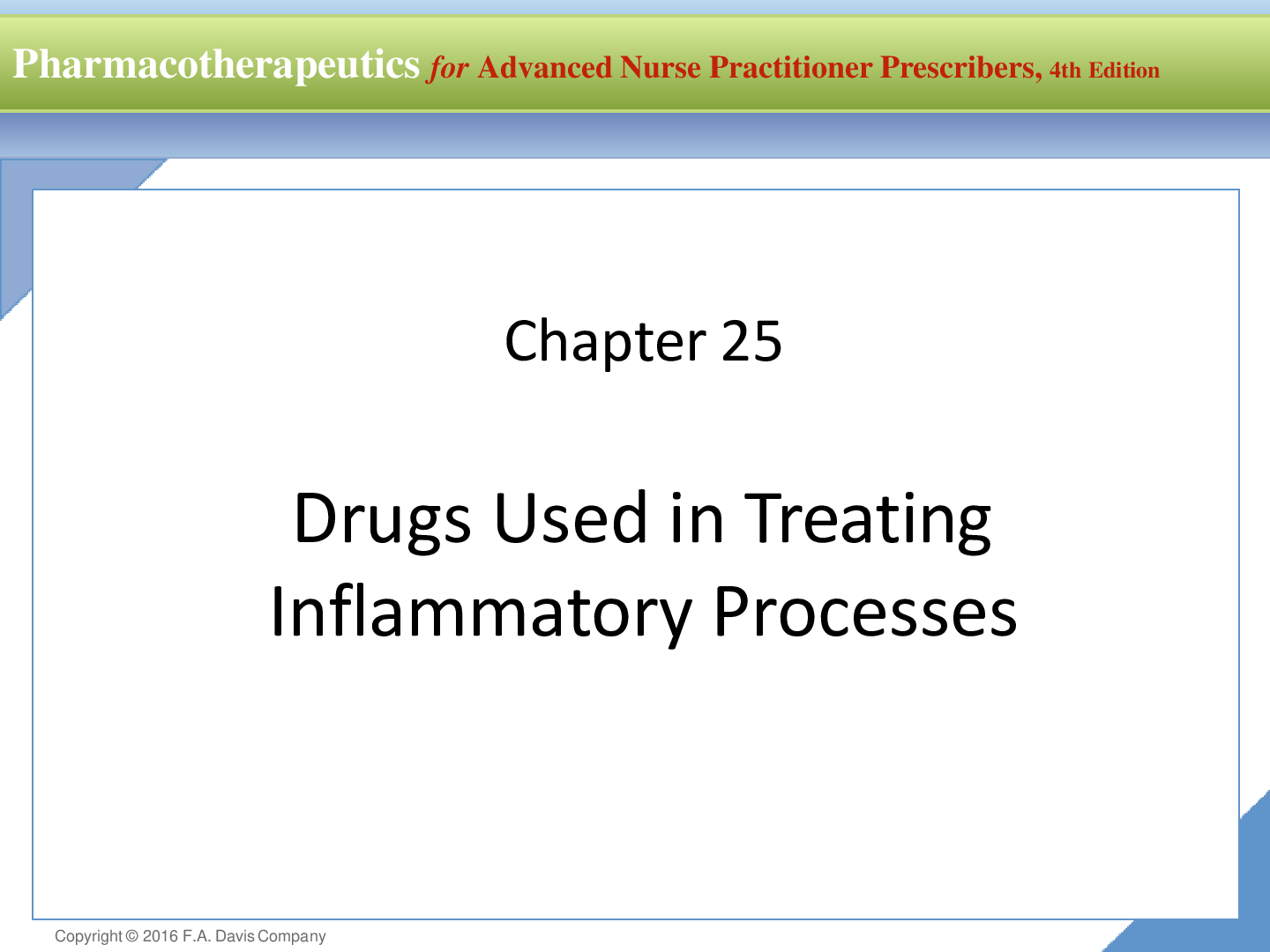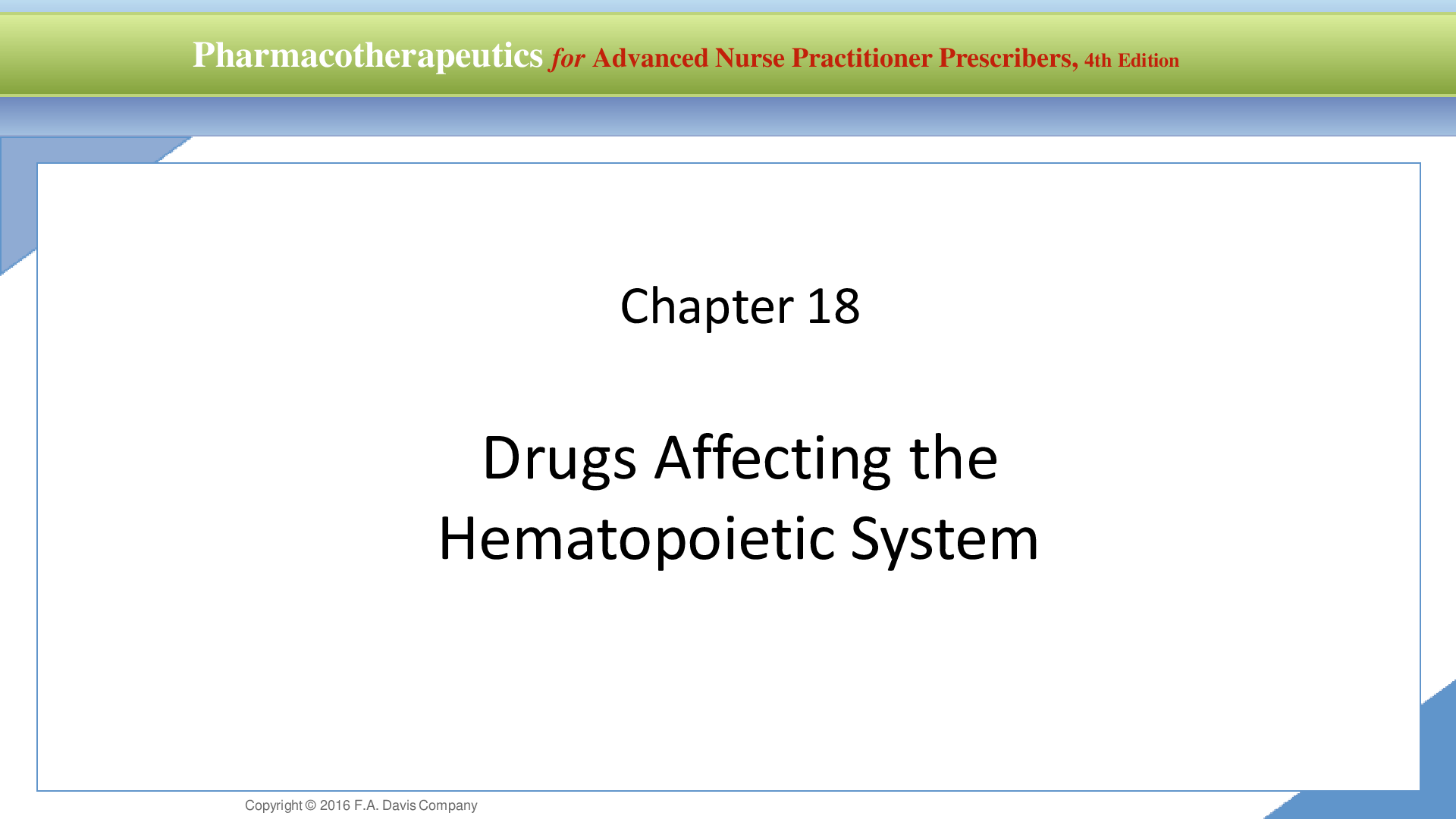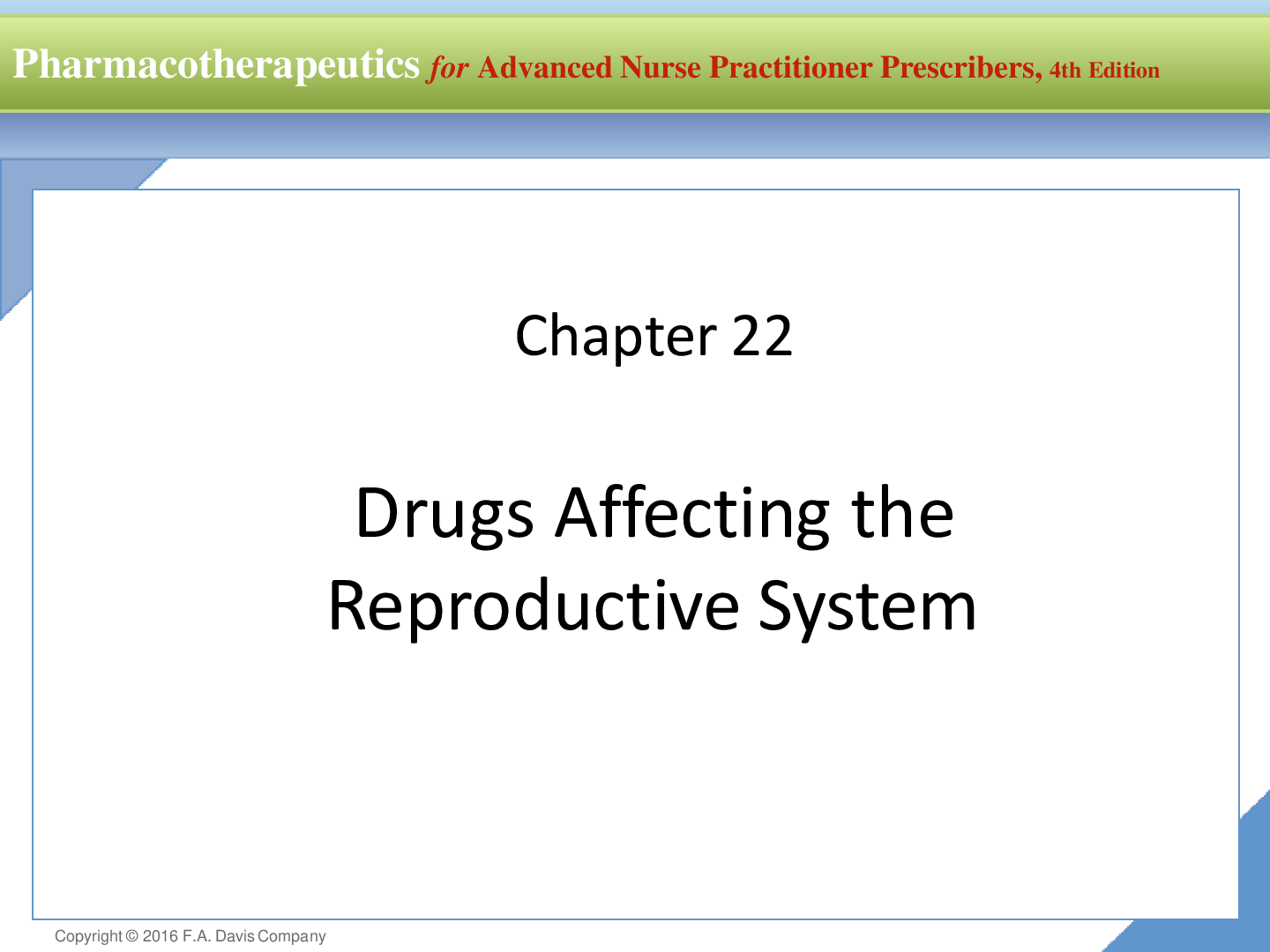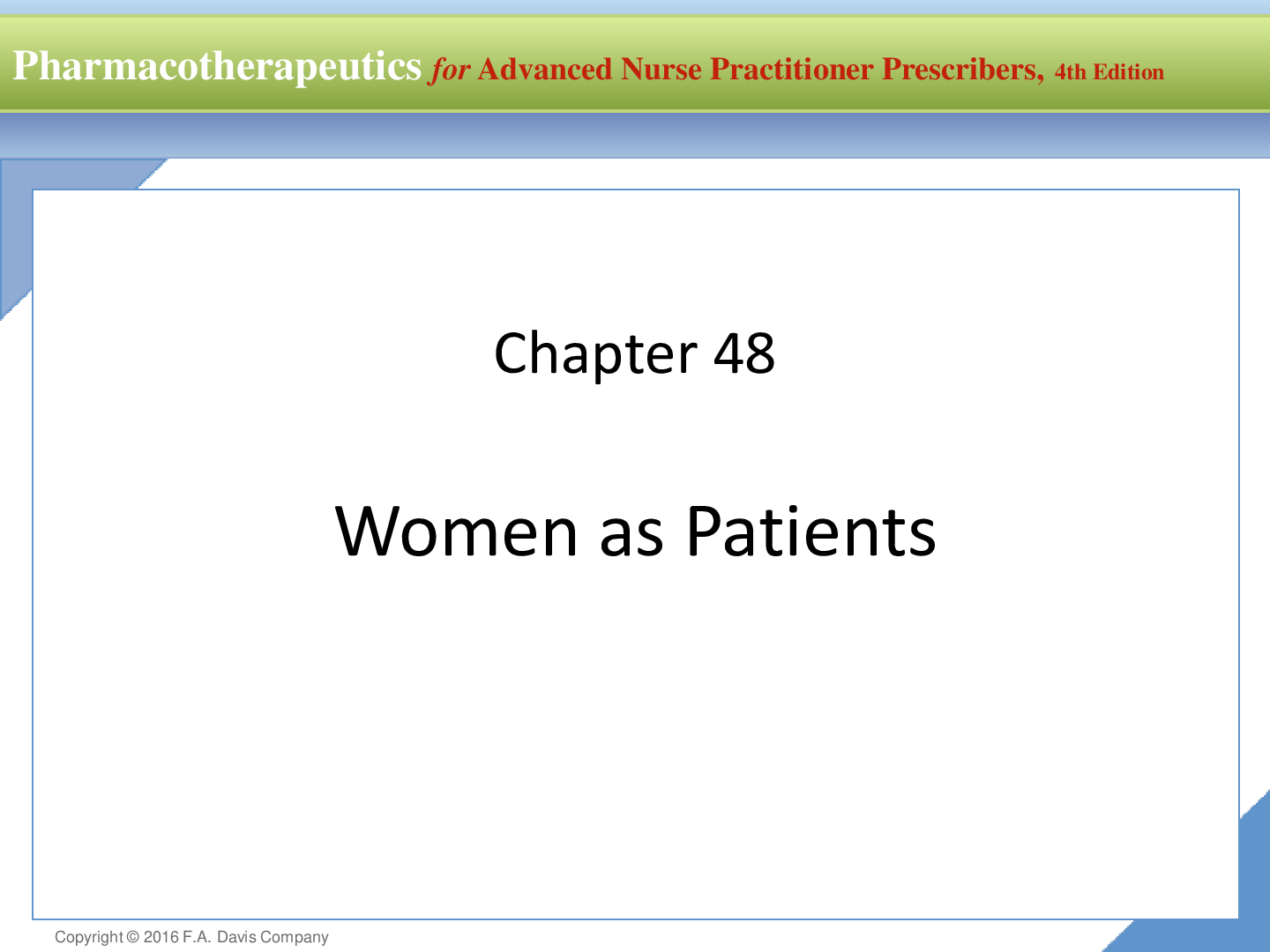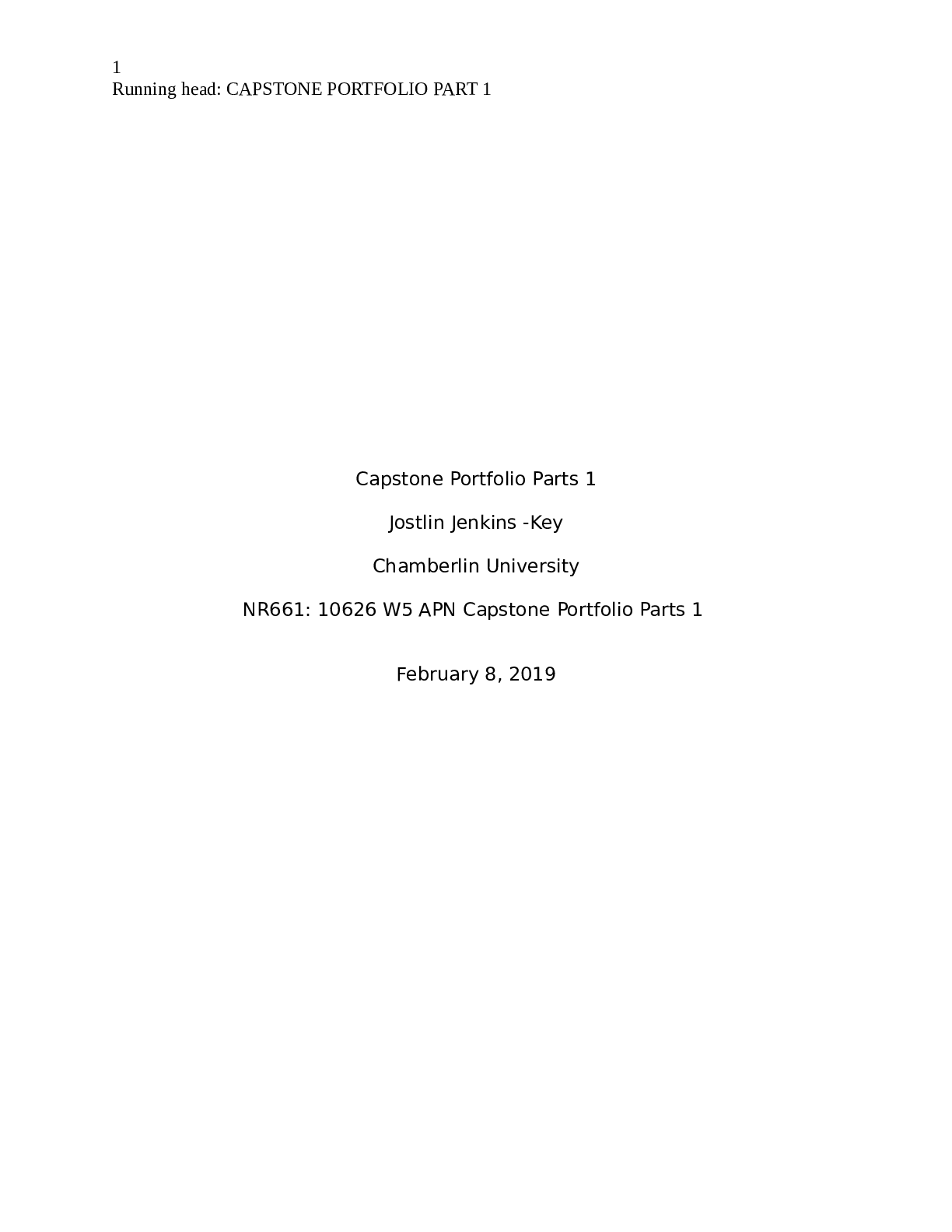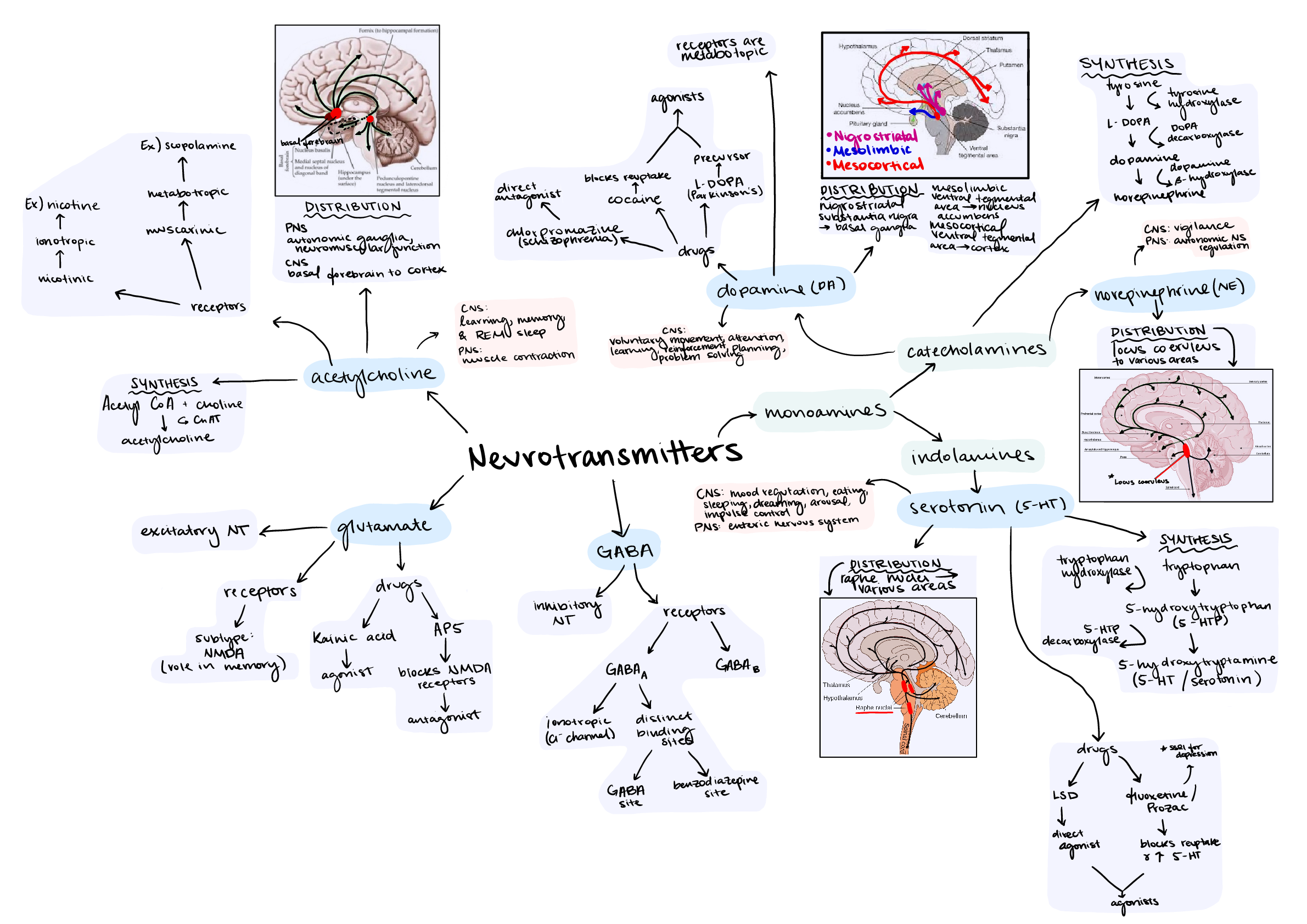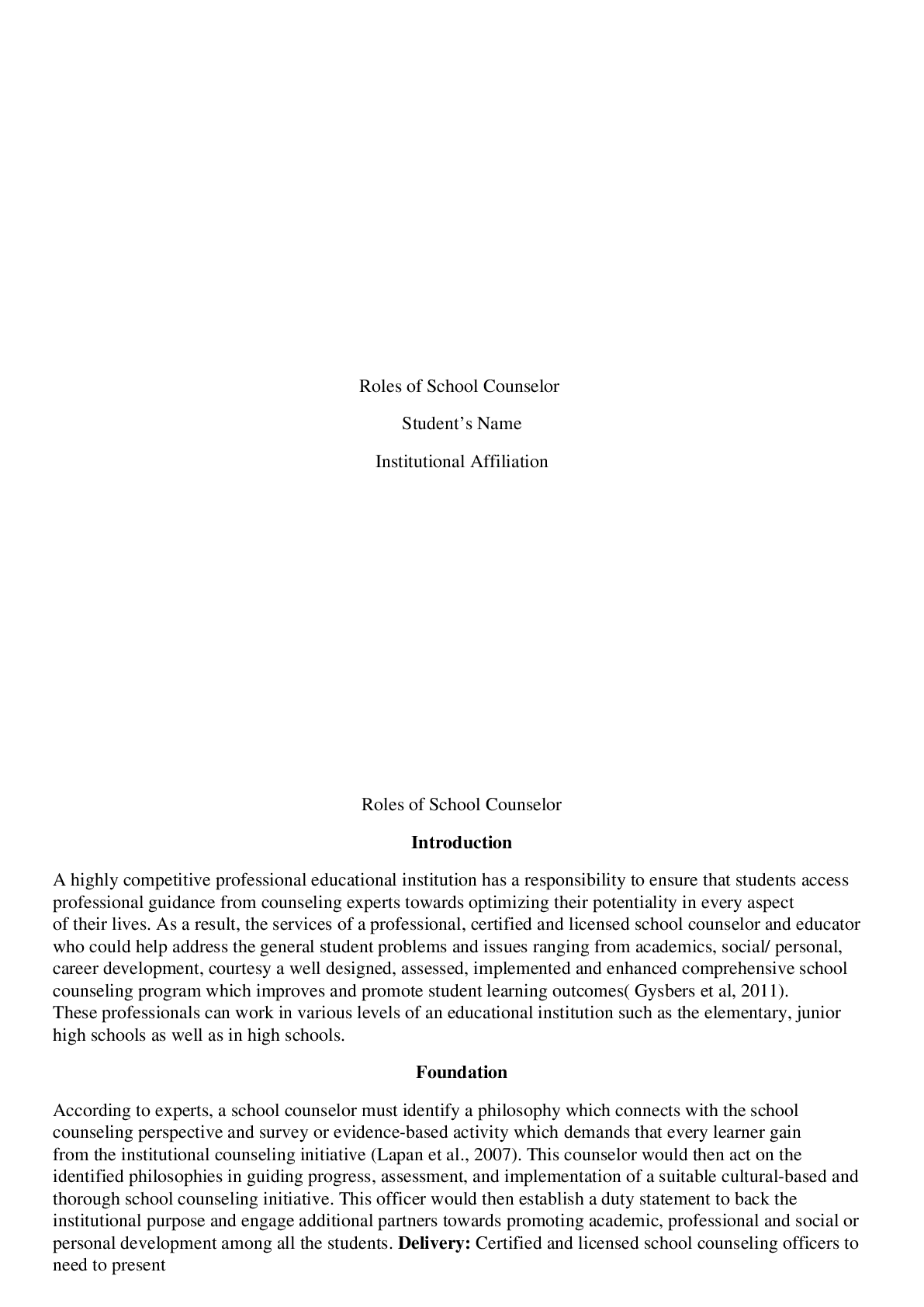Biology > Class Notes > University of Tennessee_Biology 101 class notes| Best Revision Material (All)
University of Tennessee_Biology 101 class notes| Best Revision Material
Document Content and Description Below
Biology 101 class notes for unit Examples of biology!!! 1. One day in 1948, a swiss naturalist, George de Mestral went on a nature hike w his dog. He was curious about the burs attached to his pa... nts…. 2 years later Velcro was invented!! OBSERVATIONS 2. Why are there bumps on the leading edge of the fins? To help them swim & cut through the water and reduce drag and turbulence Now they made wind turbines & large ceiling fans Someone took this observation and explored it and put it to use in our world Creative, analytical thinking involved understanding a system and being able to make connections between that particular systems and other systems. It’s more than memorization of facts… We want to help you develop study skills that allow you to master both routine and difficult concepts o The assigned readings are meant to provide background material. o We have regular in class quizzes What is learning? • Knowing things in a context and being able to do something with it. • Multiple brains are usually better than one work w a study group!!! • Harry Crews “I hope you will not do yourself the disservice of thinking that you are an empty vessel that is my duty to pour full of knowledge” • Learning and academic equation: Intelligence (beyond our control) X Skills X Motivation X Sweat • These are all under your control. Limited only by lack of desire etc. • Take notes by hand for memorization. • Multitasking lowers test performance!!! multitasking = micro tasking • Being in view of someone multitasking lowers test performance • Be resilient Clicker Questions: Questions will emphasize concrete, real-world applications of concepts as well as background understanding. Biology 101 8-28-18 Thursday: Characteristics of Life, Evolution Biology is connected to our lives in many ways: environmental problems and solutions, genetic engineering, medicine in health. What is science? Is a process of answering questions about the natural world. -A way to engage with the world -Science is an ever-changing process. Cognitive domains Belief, Aesthetic, Empirical. Belief- Religions, myths Belief driven data independent. Empirical- Research history sciences. Evidence driven data dependent. Aesthetic Expression: Visual, Literature, Music, Dance. Sensibility Driven. How do they differ? But are very different in their legitimating criteria. Evolution has to happen, and it happens constantly. In discovery science: scientists describe some aspect of the world and use inductive reasoning to draw general conclusions. Example: I wonder what lives under that rock? Hypothesis based science: scientists attempt to explain observations by testing hypotheses. Example: Proposed answer: Categories of scientific/ empirical knowledge Observations: empirically verifiable “facts” as agreed upon by rational observers (data) Questions: Inductively derived conceptualizations Generalizations (typically descriptive) Hypotheses (usually explanatory) Theories (synthetic and explanatory) Predictions: What characterizes a good question in science? A question that is specific and that can be answered empirically. Logic- Two forms: induction (general principles) and deduction (specific instances). “Robin eggs are blue” is a statement of scientific knowledge. -a descriptive generalization. Statement above is inductively derived. (But robin eggs may be different shades and intensities of blue.) Statement is legitimate. The problem is have we ever seen all robin eggs? We haven’t seen robin eggs of the future. Why are they a different shade of blue? Possible hypothesis: Diets cause different shades of blue. Male robin eggs example: Male robin eggs are more diligent in caring for their kids if the eggs are a bright shade of blue. What characterizes a good hypothesis in science? Specific to the question. Consistent with the data. Naturalistic explanation. Consistent with other tested and supported knowledge and understanding. We all form test and hypotheses. Question-Hypothesis. Scientific hypothesis are testable and falsifiable. Hypothesis allow us to make predictions. Hypotheses are tested deductively. Controlled experiments are important in scientific inquiry. (Look at chart about coffee consumption increases short term memory chapter 1 analyze the left side) Experiments in medicine and psychology: Single blind experiments: One in which the experimental unit or subject does not know which treatment he or she is receiving Double Blind experiments: Means that neither the experimental unit nor the experimenter knows what treatment is being administered to the experimental unit. Sample size matters! Always think of sample size when analyzing or reading an experimental statistic. The larger the group of people the more likely the statistical data will be correct. Hypotheses Testing: Not all scientific questions and hypotheses can be addressed by controlled experiments. You can test unethical problems or questions. No more medical experiments on chimpanzees. 98% of our genetics are identical to chimpanzees. How do we test hypothesis that can’t be tested by controlled experiments? Hypotheses are tested deductively by: controlled experiments, comparative experiments (natural, fortuitous, or inadvertent and even regrettable) New observations Mathematical modeling. Atomic bomb is an example. We can observe the people who survived and how they were affected compared to those who weren’t affected at all. What’s the difference between a scientific hypothesis and a scientific theory? In science we can prove things deductively and things in certain instances, but we can’t prove inductive generalizations. Scientists disprove or fail to disprove (example hypothesis). Scientific theories: Syntheses of numerous observations (data) and a number of related hypotheses that have stood up to repeated testing which explain a broad range of natural phenomena. The use of the word theory in science should not be confused with everyday theory… (textbook chart about scientific theories) Some scientific theories: Theory of universal gravitation (Newtonian mechanics) The theory of atomic structure Einstein’s theories of relativity Quantum Theory “Big Bang Theory” Cell Theory Theory of Biological evolution by natural selection. Evolution is a fact of nature. Models in Science: Models are verbal, graphical, or mathematical (or all three) representations or description sof scientific hypotheses or theories about processes in nature. Models can be used to test hypotheses. Representation/Simplification. The Process of Science (chart textbook) “Check this out” Generate a Question Study related literature by peer reviewed scientific literature. Make scientific hypotheses that are testable and falsifiable. The Literature of Science: Parkinson’s disease coffee connection. media and news article. Check it out Science is dynamic, and we are dealing with complicated For Thursday: Assigned material Register your clicker Sapling homework due by Monday September 3 11:59pm Biology class notes 8-30-18 What is life? Big picture of today What do skilled learners do 1. Skilled learners think about their own learning 2. Skilled learners ask more questions 3. Skilled learners are process-oriented 4. Skilled learners can often find their own way, without guidance. 5. Skilled learners always keep the big picture in mind. Life: Organisms that grow and reproduce. Maintains homeostasis and utilizes energy. Life o Is the result of natural processes. All evidence suggests this o It conforms to the same laws of matter and energy that hold in inanimate nature o At the atomic level, is composed of the same elements as inanimate nature Are viruses alive? No, they are not cellular, they have DNA, they reproduce but they DON’T have metabolism. o Fire shares properties with life, it has energy. o A stack of wood shares properties with life, it has cells. What is life? An outcome of living ancient events by which non-living matter became assembled into cells. A way of obtaining, using and transforming matter and energy- metabolism Homeostasis – bunny rabbits’ ears can deflect heat Reproduce - Evolve – evolutionary adaptation Living organisms represent order maintained in a temporary thermodynamic disequilibrium Growth and development (ontogeny) Central themes in the study of life A hierarchy of organization with emergent properties at each level. Emergent properties idea that at different levels …? “the whole is greater than the sum of its part” Structure and function are correlated at all levels of biological organization. The structures of life have order. -The continuity of life is based inheritable information in the form of DNA. o Order- life is not a simple joke, there’s patterns that are beautiful o Structure and function are correlated at all levels of biological organization. The wright brothers analyzed birds and their structures to design their plane, birds have hollow bones. o DNA the continuity o Organisms are open systems that interact continuously with their environments. o Regulatory mechanisms ensure a dynamic balance in living systems: feedback systems. o Diversity and unity are the dual faces of life on Earth. Unity at the basic level we are connected with everything by DNA. An example of unity underlying the diversity of life: the architecture of eukaryotic cilia. Amologious (built the same way) o Evolution is the core theme, the central unifying theme of biology. Evolution adaptation example mimicry. Evolutionary divergence, lines of species diverge- speciation. An astromenor can tell there is life on earth by seeing water, they could also figure out of seasons by the changing colors of leaves, they could detect high levels of oxygen (oxygen is highly reactive), also we send a huge number of electrical signals into space. Possible other locations of life in our solar system: mars and Jupiter’s moon Europa. Exoplanets, planets close to the sun with no water, it’s too hot for life. NASAs robots look for carbon and water on other planets We need a bit of background in basic chemistry to start understanding the way cells work. Chemistry and molecules chapter 2 Element- a substance that can’t be broken down by chemical reactions. Compounds- consists of two or more elements Naturally occurring elements in the body- Trace elements- are essential to human health, zinc, copper, iodine, Iodine is needed to make the hormone thyroxine. An atom is made up of protons and neutrons located in a central nucleus. The nucleus is surrounded by electrons arranged in electron shells. Isotopes- some atoms have more neutrons and therefore have greater mass (weigh more) Water or not an atom is chemically reactive is determined by unpaired – basic of chemical bonds When atoms are very different in electronegativity, the more electronegative atom strips the electron from its partner. Example: sodium atom Key concepts: ionic compounds, emergent properties. A regular organization of Covalent bonds-electron sharing- the sharing of a pair of valences (outer shell) electrons by two atoms. They both share outer electrons. Key terms: molecule, covalent bond. Carbon molecules are the basic components of life. Why carbon? Carbon are naturally occurring Carbon 14 and carbon 12 builds are bodies. It can form linear bonds. Carbon can hold 8 electrons on its outer shell, but it only has 4. Each carbon can form 4 bonds in some cases they are double bonds, they can form rings. Carbon can form large molecules of essentially an infinite variety. Water is thought to be essential for life (it certainly is for life on earth) why water? What’s so special about water? Water is a polar covalent molecule; the oxygen atom has higher electronegativity than the hydrogen atoms. Key concepts: polar covalent, hydrogen bonds. Water molecules arrange themselves in characteristically way, they’re negatives and positives Four properties of water: 1. Cohesion and adhesion- adhesion h20 attracted to and other molecules & cohesion (h20 attracted to other h20): capillary action. (look for flowing water up a tree) 2. Ability to stabilize temps 3. Expansion on freezing 4. Solvent Surface tension- is related to cohesion. H-bonds at the air/water interface makes it difficult to break the surface of water. Water stabilizes temps on earth, both locally and globally, by absorbing and releasing heat to surrounding air. Water has a high heat capacity. Water is oriented with its negatives Water is the universal solvent: for ionic and polar molecules. Biology class notes 8-30-18 What is life? Big picture of today What do skilled learners do 6. Skilled learners think about their own learning 7. Skilled learners ask more questions 8. Skilled learners are process-oriented 9. Skilled learners can often find their own way, without guidance. 10. Skilled learners always keep the big picture in mind. Life: Organisms that grow and reproduce. Maintains homeostasis and utilizes energy. Life o Is the result of natural processes? All evidence suggests this o It conforms to the same laws of matter and energy that hold in inanimate nature o At the atomic level, is composed of the same elements as inanimate nature Are viruses alive? No, they are not cellular, they have DNA, they reproduce but they DON’T have metabolism. o Fire shares properties with life, it has energy. o A stack of wood shares properties with life, it has cells. What is life? An outcome of living ancient events by which non-living matter became assembled into cells. A way of obtaining, using and transforming matter and energy- metabolism Homeostasis – bunny rabbits’ ears can deflect heat Reproduce - Evolve – evolutionary adaptation Living organisms represent order maintained in a temporary thermodynamic disequilibrium Growth and development (ontogeny) Central themes in the study of life A hierarchy of organization with emergent properties at each level. Emergent properties idea that at different levels …? “the whole is greater than the sum of its part” Structure and function are correlated at all levels of biological organization. The structures of life have order. -The continuity of life is based inheritable information in the form of DNA. o Order- life is not a simple joke, there’s patterns that are beautiful o Structure and function are correlated at all levels of biological organization. The wright brothers analyzed birds and their structures to design their plane, birds have hollow bones. o DNA the continuity o Organisms are open systems that interact continuously with their environments. o Regulatory mechanisms ensure a dynamic balance in living systems: feedback systems. o Diversity and unity are the dual faces of life on Earth. Unity at the basic level we are connected with everything by DNA. An example of unity underlying the diversity of life: the architecture of eukaryotic cilia. Amologious (built the same way) o Evolution is the core theme, the central unifying theme of biology. Evolution adaptation example mimicry. Evolutionary divergence, lines of species diverge- speciation. An astromenor can tell there is life on earth by seeing water, they could also figure out of seasons by the changing colors of leaves, they could detect high levels of oxygen (oxygen is highly reactive), also we send a huge amount of electrical signals into space. Possible other locations of life in our solar system: mars and Jupiter’s moon Europa. Exoplanets, planets close to the sun with no water, it’s too hot for life. NASAs robots look for carbon and water on other planets We need a bit of background in basic chemistry to start understanding the way cells work. Chemistry and molecules chapter 2 Element- a substance that can’t be broken down by chemical reactions. Compounds- consists of two or more elements Naturally occurring elements in the body- Trace elements- are essential to human health, zinc, copper, iodine, Iodine is needed to make the hormone thyroxine. An atom is made up of protons and neutrons located in a central nucleus. The nucleis is surrounded by electrons arranged in electron shells. Isotopes- some atoms have more neutrons and therefore have greater mass (weigh more) Water or not an atom is chemically reactive is determined by unpaired – basic of chemical bonds When atoms are very different in electronegativity, the more electronegative atom strips the electron from its partner. Example: sodium atom Key concepts: ionic compounds, emergent properties. A regular organization of Covalent bonds-electron sharing- the sharing of a pair of valences (outer shell) electrons by two atoms. They both share outer electrons. Key terms: molecule, covalent bond. Carbon molecules are the basic components of life. Why carbon? Carbon are naturally occurring Carbon 14 and carbon 12 builds are bodies. It can form linear bonds. Carbon can hold 8 electrons on its outer shell, but it only has 4. Each carbon can form 4 bonds in some cases they are double bonds, they can form rings. Carbon can form large molecules of essentially an infinite variety. Water is thought to be essential for life (it certainly is for life on earth) why water? What’s so special about water? Water is a polar covalent molecule; the oxygen atom has higher electronegativity than the hydrogen atoms. Key concepts: polar covalent, hydrogen bonds. Water molecules arrange themselves in characteristically way, they’re negatives and positives Four properties of water: Cohesion and adhesion- adhesion h20 attracted to and other molecules & cohesion (h20 attracted to other h20): capillary action. (look for flowing water up a tree) Ability to stabilize temps Expansion on freezing Solvent Surface tension- is related to cohesion. H-bonds at the air/water interface makes it difficult to break the surface of water. Water stabilizes temps on earth, both locally and globally, by absorbing and releasing heat to surrounding air. Water has a high heat capacity. Water is oriented with its negatives Water is the universal solvent: for ionic and polar molecules. Biology Sep. 4.2018 Learning involves the construction of new neural networks. Life is made of the same stuff as non life Ionic bonds are gained by one atom and lost by the other. Polar covalent bonds, valence e,ectrons are shared unequally Hydrogen bonds are bonds between covalent molecules that have unequal electron sharing Table salt it ionic because its chlorine+ and sodium- Water has a high heat capacity -it takes heat to break hydrogen bonds. They’re not very strong there is just a lot of them. Monomer & Polymer Monomer- building block, when joining together covalently they form hydrogen bonds Polymer- Macromolecules: Carbohydrates- polymenrs composed of glucose molecules. Energy storage and structure. Cellulose- most abundant carbohydrate on earch (plant carb) we cant digest cellulose, it is fiber to us. It goes straight out without giving us energy. Cows, animals termites can all process cellulose. Why can cows process it but we cant? Cows have 5 stomachs which have bacteria that can process cellulose, without that bacteria, they wouldn’t be able to process cellulose. Evolution and adaptation caused this. Coevolution- we have bacteria and so do cows. Lipids: energy storage of fat and horomones Glycerol, fatty acids, tri Fatty acids: basic carbons unsaturated and saturated Monounsaturated: one double bond between carbons Polyunsaturated: more than one double bond between carbons. Steriods: estrogen, testosterone and cholesterol. Very little differneces in the molecules.Small differences can have substantial fuctional differences. Woman vs man. Lipids are non polar hydrophobic. Phospholipid: both polar and non polar. It has a polar head and a non polar tail. (hydrophobic tail) (hydrophilic head) Proteins: are made up of amino acids, theyre are only 20 and they differ in their side groups/chains. Nucleic acids: monomers are nucleotides and consist of a phosphate a sugar and a nitrogenous base and they are covalently bonded to form chains of DNA. Two basic nucleic acids DNA and RNA. Each of the classes of molecules DNA and RNA has 4 bases, they share 3 but they differ on one molecule. DNA is double stranded and the two strands are complimentary so if u have the sequence to one youll know the next, they are held together by hydrogen bonds. Primary protein structure: sequence of a chain of amino acids. Normal red blood cells vs sickled red blood cells. SHAPE MATTERS IN PROTEINS Information storage and flow in cells: nucleic acids and proteins. 1 Synthesis of mRNA in the nucles. 2 Movement of mRNA into cytoplasm vis nuclear pore. 3 Synthesis of protein. Cells: Life is cellular: cells are the fundamental units of life. Today at least, all cells derive from preexisting cells. A lipid biilayer seperates the water based inside from the water based outside. Every cell has a plasma membrane. Viruses are not cellular, consist of nucleic acid in a protein coat. When they take over the machinery of a cell they can take over life. Prions are not cellular. They are infectious proteins For Thursday sapling homework 3 Cells: Life is Cellular 9/6/2018 Cells are the fundamental units of life. All cells derive from preexisting cells. TEST 30-40 multiple choice 3-5 short answers. Cells- small things, molecules, atoms.. cells range are micrometer What is a um?0.001mm What is a nm? 0.000000001 mm Light Microscopy: Brightfield (unstained) Electron Microscopy: Transmission & scanning. Why are cells so small? Most of life on earth is prokaryotic Smaller cells have a larger (better) surface area to volume ratio. Cells are incredibly complex. Simply not enough surface area to Three Domain Taxonomic Hypothesis Prokaryotes single-celled Eubacteria & Archaebacteria Earliest Organisms. Eukaryoes (single-celled What are viruses? How are viruses related to cellular life? Tapeworms don’t have a digestive system Cave fish loose sight and coloration because they life in dark Viruses are ultimate parasites What is a key difference between prokaryotes and eukakaryotes? Prokaryotes do not have a nucleues, eukaryotes do. Main difference What is another important difference between eukaryotes & prokaryotes? The Three Domains of Life on Earth check powerpoint and take notes. Prokaryotes Smaller, simpler, most do not have membrane-enclosed organelles, bacteria and archaea Eukaryotes Larger, More Complex, membrane- enclosed organelles …. Look at infographic 3.3 Phospholipid molecules Plasma membrane two basic types Lipid bilayer Fluid mosaic model of plasma membranes cholestoral is in there. Infographic 3.6 Hydrophobic tail= non polar molecules Hydrophilic=Polar moleceules Funtions of proteins in the eukaryote plasma membrane Hypotonic, Isotonic, Hypertonic. Tenicity- movement of water into an out of a cell. Infographic 3.4 part 1 Infographic 3.7 The cell membrane is semipermeable only a few substances can cross it unassisted. Solutes move across the membrane depending on the solute side and charge, the relative An important difference between plant cells and animal cells? Plant cells have cell walls animals don’t. look at model of an animal and a plant cell. Metaphor of a cell “factory” Distribution center (golgi complex) Structure (cytoskeleton) control center (nucleus) Assembly line (endoplasmic retricilum) Workbences (ribosomes) powerhouse (mitochondria) cleaning crew. Model of a cell nucleus: genetic information is stored here in pro or eu they have ribosomes, chromatin, nucelar envelope Chromosomes are located in the nucleus – the control center of the cell. Proteins fuction as cata What is the function The endomembrane system “manufacturing and sitribution: The endomembrane system is continuous with the plasma membrane and the nuclear membrane. Vacuoles and lysosomes Endoplasmic Reticulum: Rough ER image Golgi Apparatus: Mitochondria: aerobic respiration the powerplants of eukaryotic cells. Turns glucose into proteins Chloroplasts- the sites of photosynthesis in plants and many protists. Humans depends on chloroplasts. The cytoskeletal system microfilaments, intermediate, microtubles. Components of the cytoskeletal system and more. Molecular Machines: Motor proteins pull components of the cytoskeleton past each other. ATP-Microtuble of cytoskeleton- motor molecule ATP powered Motor molecules also carry organelles or vasicles to various destinations along “monorails” provided by the cytoskeleton. Biology 9-11-18 Study guide: learning objectives, the study guide you create Format: 40 multiple choice 4(and a bonus) short-answer. Cells are the fundamental units of life Eukaryotes & bacteria structural difference- organelles Multi celld eukaryotes have lots of cells 37-39 trillion in humans all derived from a single cell zygote. We also have about 50 billion bacteria cells in us, they are essential to our health Most of our cells are eukaryotes. Infographic 3.3 Did the ancestral eukaryote have a cell wall? No, most likely not. Endosymbiosis… What are mitcochindria dervived from? Aerobic Bacteria. What do mitochondria do- what is their function? Extract energy from glucose – go ober lists of disorders What are chloroplasts derived from? Aerobic photosynthetic bacteria Chloroplasts and mitochondria have their own DNA that’s like bacterial DNA Bacteria has circularal chromosomes and so does chloroplasts and mitochondria. Observations/predictions powerpoint copy!!! The big one, “they are like bacteria” To an order of magnitide.. Why was the hypothesis of the bacterial orgin of eukaryotic organelles so long in being tested?? The endosymbiosis theory bacterium-archaeson- 1. Achael cell englufs bacterium. 3. Bacterium survives, 3. Endosymbiosis both benefit. Look at a model of the oirgin of eukaryotes. Which of the following is structure characteristic of all bacteria but not all eukaryotes? Cell Wall… Animal cells don’t have cell walls. Infographic 3.1 Antibiotic 1. A single bacterial cell lands on the surface of a nutrient rich plate 2. Nutrients in the plate support the growth and division of bacterial cells. Penicillin’s mechanism of action is the disruption of cell wall synthesis. How does this kill bacterial cells? -With a weakend cell wall bacteria in a hypotonic environment swell and burst. Penicillin is not effective against gram-negative bacteria because of the lipid bilayer Streptomycin is an antibiotic that kills bacteria by interfering with bacterial ribosomes and preventing protein synthesis. Why don’t ribosomes Five basic mechanisms of antibiotic action against bacterial cells: 1. Inhibition of cell wall synthesis (most common) 2. Inhibition of protein synthesis (second largest) 3. Alteration of cell membranes 4. Inhibitiiin of nucleic acid synthesis 5. Antimetabolite activity One important class of antibiotics works by disrupting cell membranes Why are these only used topically. -they could kill our good bacteria (probiotics) and our bad bacteria. It would mess with our own cell membrane. Antibiotic Resistance: Superbugs: strains of bacteria that are resistant to most sometimes all antibiotics making them very hard to treat. MRSA. Surgically had to be removed. Cut out all of the infected area. Natural selection- population of mainly susceptible bacteria with some resistant bacteria leading for the next generation to be antibiotic resistant. High number of bacteria. A few of them are resistant to antibiotics. Antibiotic kills pathogenic bacteria as well as the good bacteria with the body (probiotics). The antibiotic resistant bacteria noe proliferates without competition. The bacteria can transfer antibiotic-resistance gene to other bacteria vis plasminds. The search for new antibiotics: [Show More]
Last updated: 1 year ago
Preview 1 out of 19 pages

Reviews( 0 )
Document information
Connected school, study & course
About the document
Uploaded On
Feb 20, 2021
Number of pages
19
Written in
Additional information
This document has been written for:
Uploaded
Feb 20, 2021
Downloads
0
Views
59

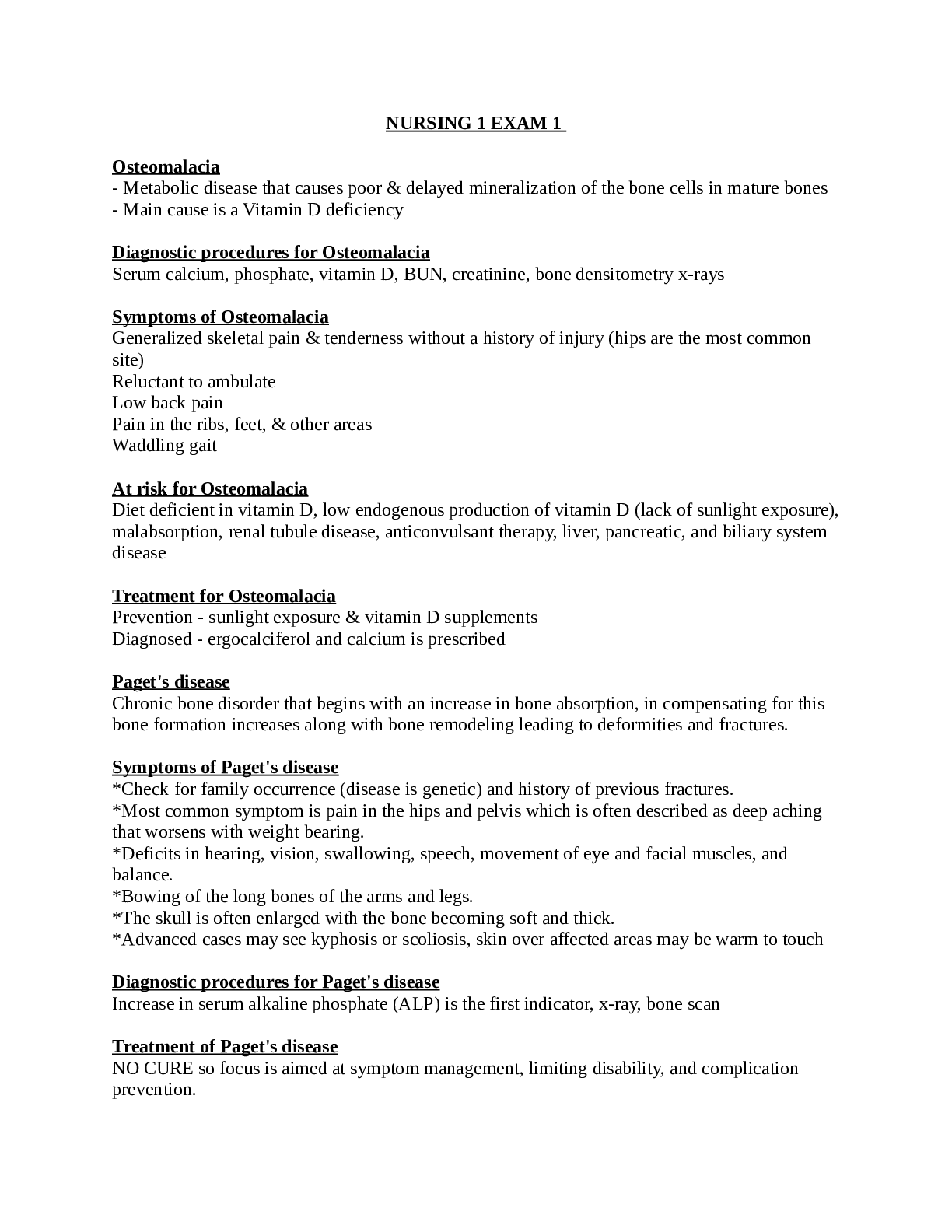
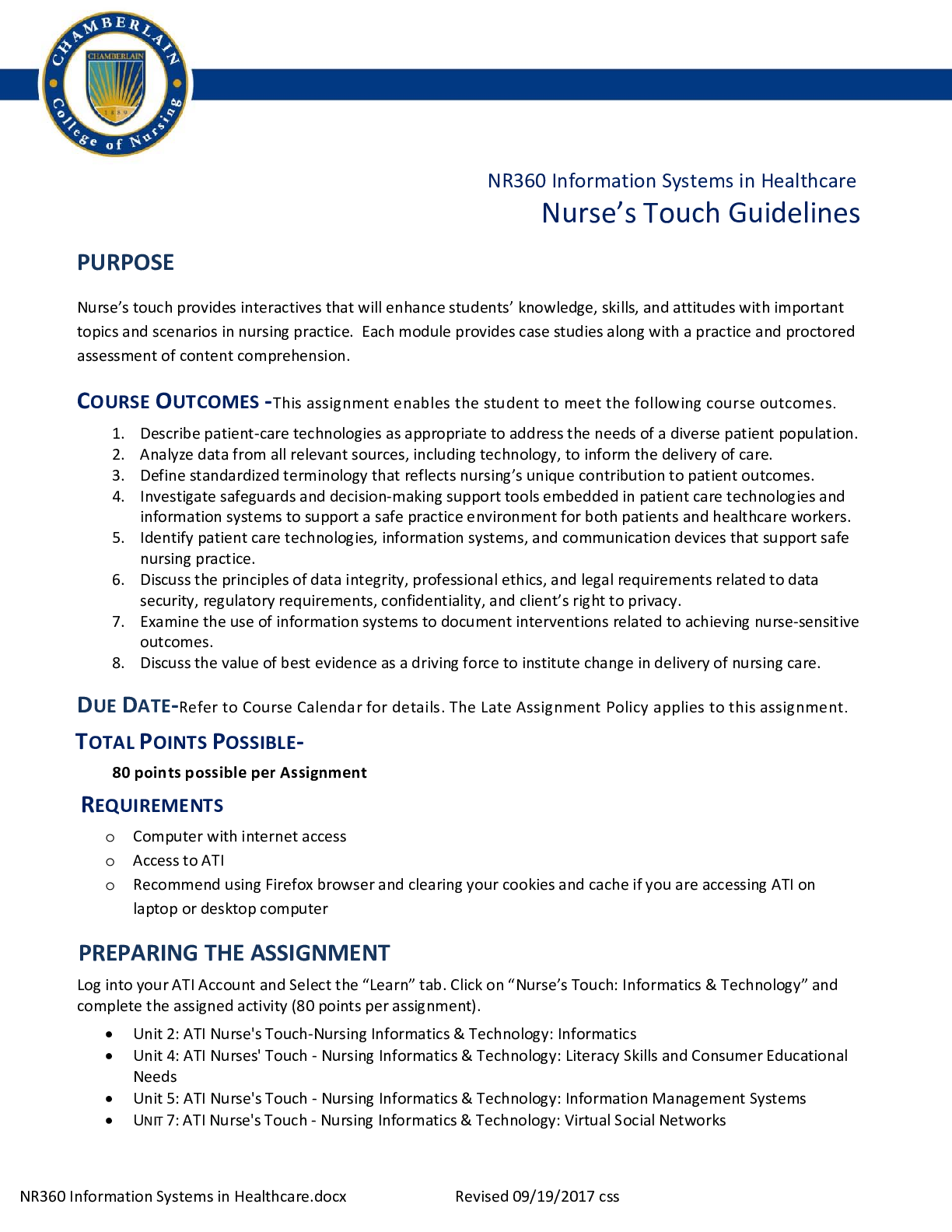
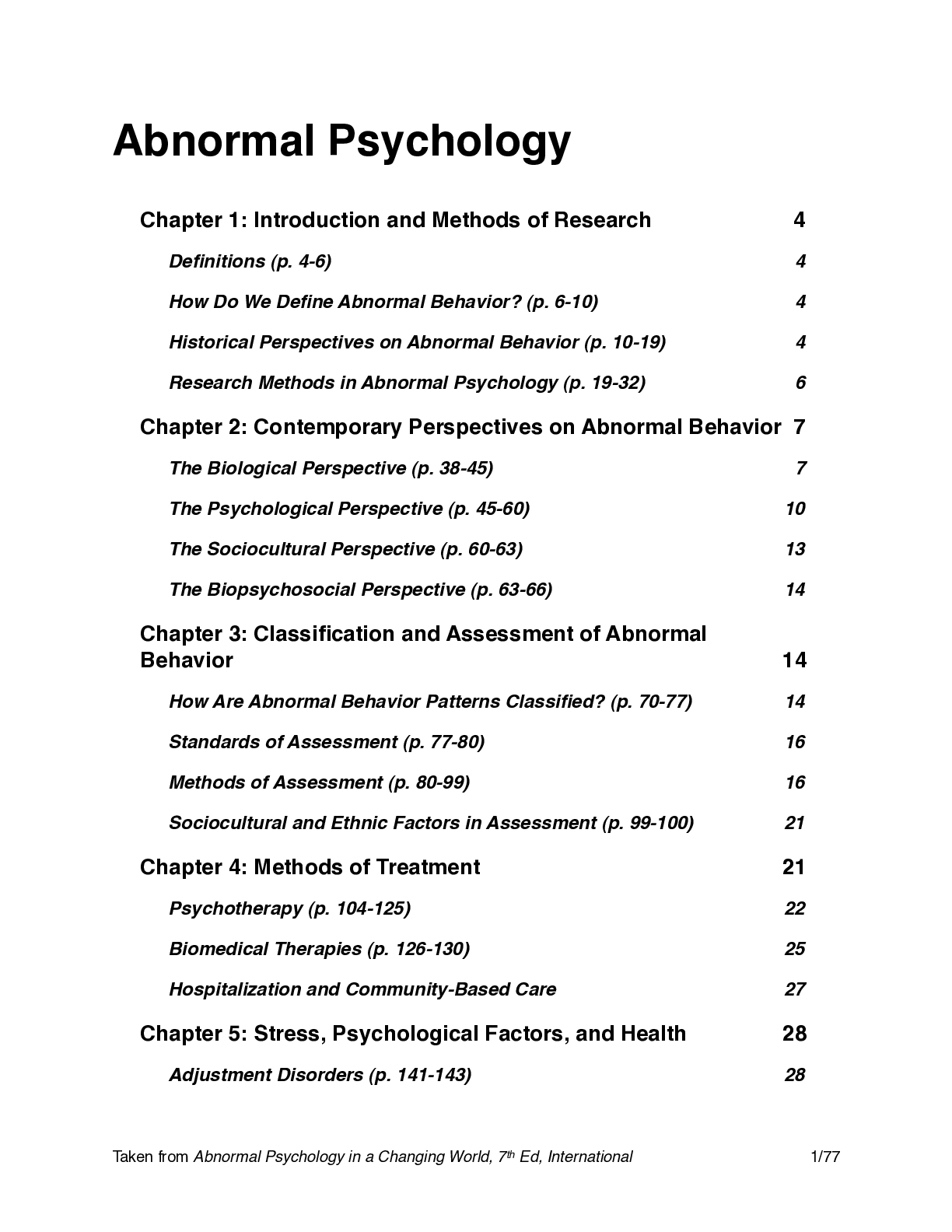
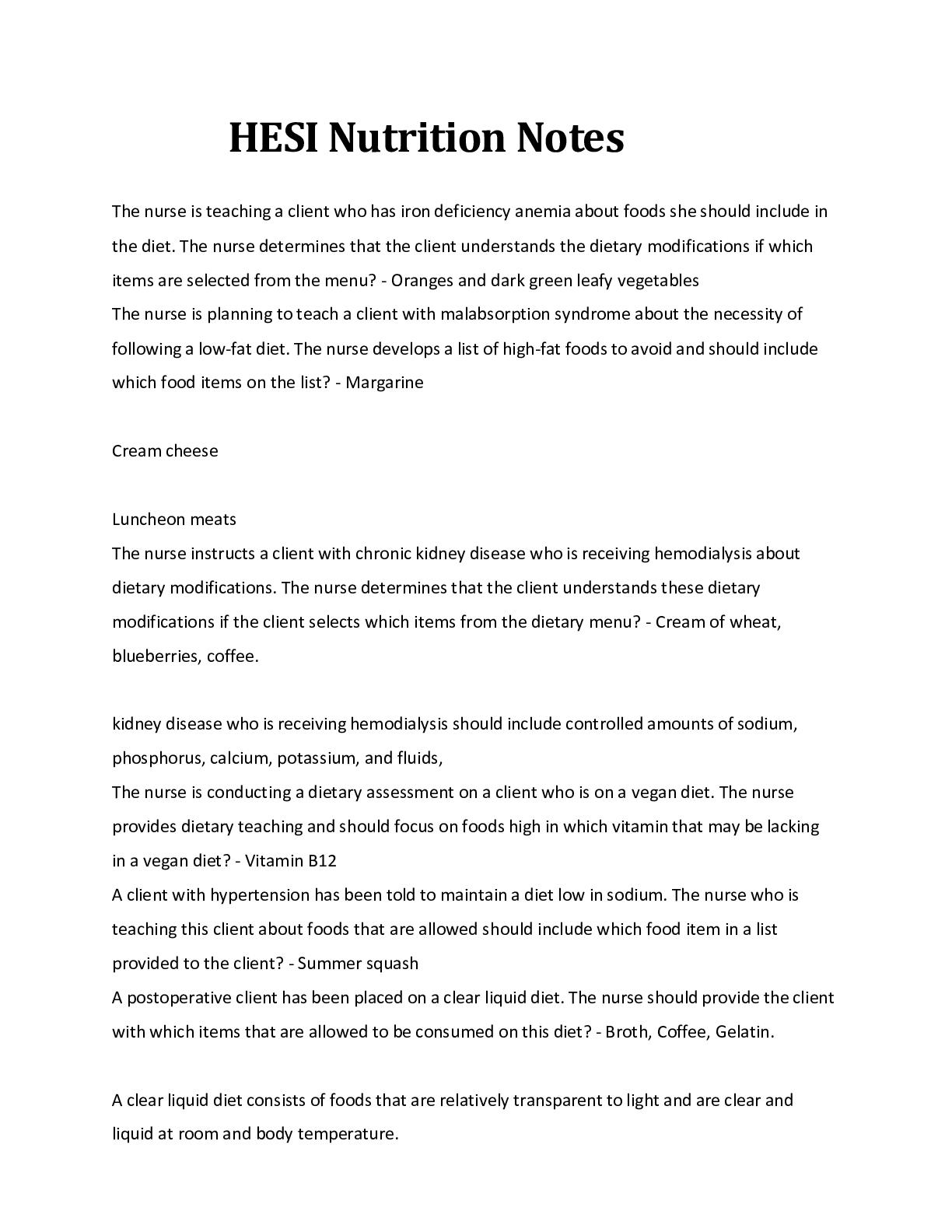

.png)
